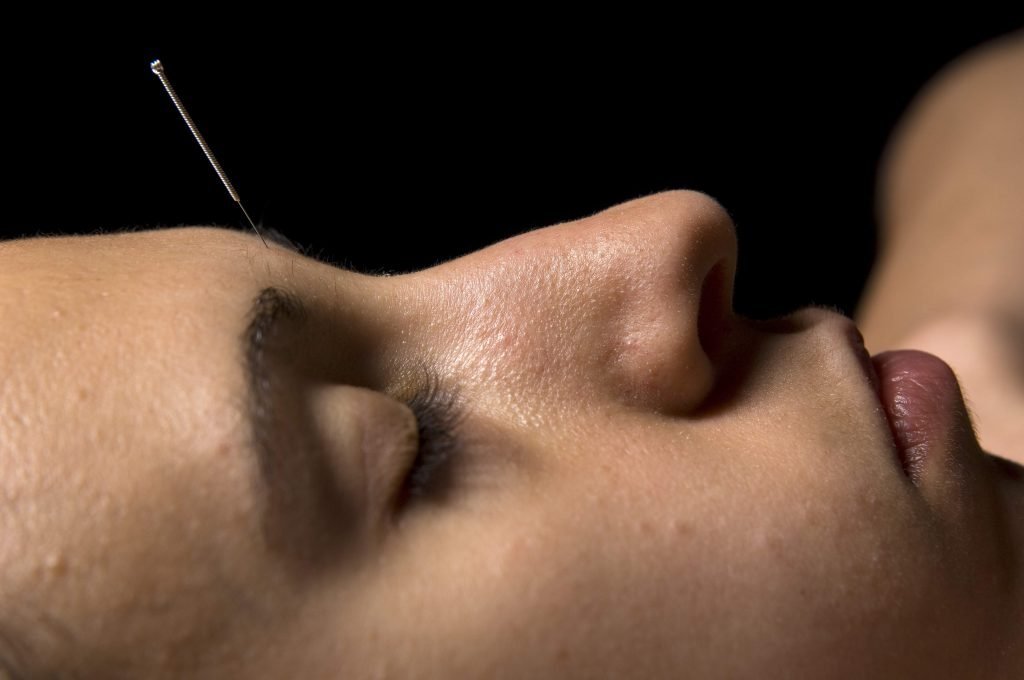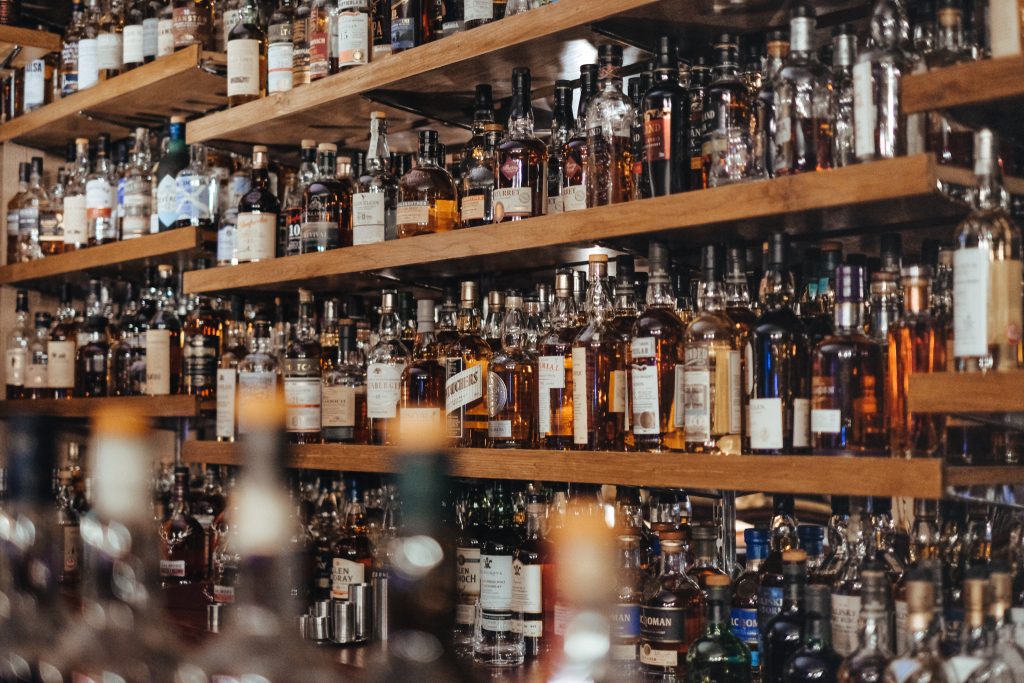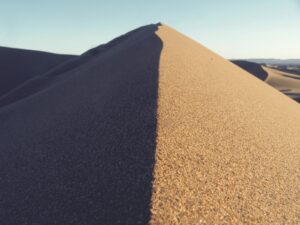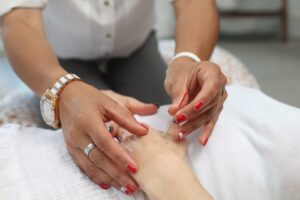Subscribe to the Newsletter
If you are interested in understanding how Traditional Chinese Medicine can improve your life sign up to my newsletter for the latest updates.

Key Learning Points
Lung Heat is a syndrome in Chinese medicine. It describes what may seem like quite diverse conditions, from acne to breathlessness, cough to feeling hot.
Chinese medicine is very different to Western medicine. It is much older – at least 3000 years old as compared to modern Western medicine, which scrapes along with just a couple of hundred years.
The ancient Chinese didn’t have all our wonderful modern scientific systems of enquiry and analysis. Instead they did something that has been lost. They observed, smelled, touched and listened. Then they thought carefully about what all that meant.
In its own way, it is as scientific as Western medicine.
This lead to the development of a system of medicine that is termed ‘energetic’: not a very good name because Western scientists think of energy in terms of joules and Relativity! But anyway, ‘energy’ medicine is what we’ve got.
You can read more about the functions of the Lung in Chinese medicine here. Then read about the idea of Heat.
Lung Heat is considered to be what is called an Interior syndrome. Interior syndromes either come about through long-term illness or sometimes after a severe acute illness.
Interior syndromes are chronic and come into being over a longer time. Sometimes they are harder to cure.
However, Lung Heat can actually also be acute! If so, it can be severe.
There are several ways to acquire Lung Heat:


Stay in Touch!
No spam, only notifications about new articles and updates.

Book a Video consultation if you want to know more about your symptoms
This depends on your metabolism, your energy and your circumstances.
The list is long, depending on your particular circumstances. The ones I’ve listed below are Western-medically defined illnesses which could have various explanations and syndromes in Chinese medicine, not just Lung Heat. They could also be due to several combinations of syndromes in Chinese medicine.

The basic treatment for Lung Heat is to clear out the Heat and help the Lungs to start descending again.
When you cough or can’t get a proper deep breath, your Lungs are said to be ascending energy or unable to descend it.
Once this descending function is repaired, you will be able to breathe comfortably and properly, you won’t cough, and your energy will return, assuming there are no other complicating syndromes.
Chinese medicine has several ways to do this. Obviously acupuncture and Chinese herbs have been used for this for millennia, but there are other ancillary ways that help, including cupping.
Some of the following apply even if you have severe Lung or Wind-Heat. Other suggestions apply if you are receiving treatment and are improving.
You will need to learn better posture, breathing and diet.
If you sit at a desk to work, be aware that you are probably slightly compressing your lungs for many hours daily.
You have to learn to sit up so that your lungs are able to breathe deeply and easily throughout both their upper and lower spaces.
Make sure, as you sit, that you bum is slightly above the level of your knees, because this will help to tilt your pelvis forward a little. That small tilt makes it easier to open you lungs as you arch your back to compensate for the forward pelvic tilt.
In bed, you probably already sleep slightly propped up but this can compress your lungs too.
Cycling with low-slung handlebars forces you to adopt a bent-over posture. Upright handlebars are better (though I admit, they don’t look quite the thing.)
First, you need a supply of clean, preferably fresh air, not hot or dry.
Then … You should stop smoking tobacco, and also the E-Vape which may be purer but is still heating even with mint flavours.
You should avoid drafts, because they can lead to Wind invasion.
Keep your working environment clean. Dust everywhere can clog your lungs but also harbours bugs.
As you improve, wrap up well and go hill-walking, but don’t get too tired. Start with very small walks.
Think carefully about your diet. Reduce the quantity of Hot foods. Possibly increase their balance with Cold Foods (eaten hot) but first read our page on Nutrition. Chinese medicine is all about balance so don’t over-compensate!
Avoid phlegm-forming foods such as dairy products (cheese, milk, cream, even sweetened yogurt), sweet food and cold or raw food. These all challenge your Spleen energy.

Your Lungs and your Spleen work very closely and if one goes down, it can bring down the other too.
With Lung Heat you want ice-cream because it is cooling and sweet and cools you and energises you BUT ice-cream is not recommended – sorry to be a spoil-sport! It can be too much of a challenge for your Spleen. Too many phlegm-forming foods and you’ll have not just Lung Heat but Lung Phlegm Heat too: you don’t want that! Click here and look it up!
If you get Lung Phlegm-Heat, your family will want you to go straight back to your doctor for more antibiotics (though you should instead go to your acupuncturist!)
Worse, you might get Lung Phlegm Heat with Lung and Spleen deficiency plus your Lung Heat. All the coughing and sleeplessness will almost certainly lead on to Lung Yin deficiency too. Bad news.
Some herbs and foods that help recover Lung Yin quality include:
If you have Lung Heat, you will almost certainly like cold fluids to drink. To digest this, your body needs a good supply of Stomach warmth. Unfortunately, a considerable amount of your energy is diverted into producing the Heat in your Lungs so cold or chilled fluids may not be properly absorbed.
Chinese medicine would recommend that what you drink be either warm or luke-warm. Indian and Chinese teas are mostly slightly cooling in action, even when taken warm, so you may find this form of warm liquid easier to take.
I’m also very sorry to have to tell you that alcohol is heating. However, I agree, it seems just fine at the time! You will have to decide whether the short-term pleasure outweighs the long-term pain.

Rest often. Your Lung energy is diverted from giving you the Qi you need to live your life and be healthy. So rest often.
Treatment
If you aren’t already persuaded, please seek treatment from an acupuncturist!
Deficiency syndromes:
Full or Excess syndromes:
Interior syndromes of the Lungs
Shared syndromes
Click to read about acupuncture points along the Lung channel.

This Introductory Chinese medicine course introduces you to the amazing thinking behind this ancient medicine, now increasingly in demand.

The Scottish College for Chinese medicine provides introductory courses for all, explaining Chinese medicine and its cultural background.

Master Tung’s acupuncture is a hidden treasure, lost to China but recovered in Taiwan from where it spread round the world.

Knee pain has five main causes. It’s certainly worth trying acupuncture before you resort to surgery!
Subscribe to the Newsletter
If you are interested in understanding how Traditional Chinese Medicine can improve your life sign up to my newsletter for the latest updates.
Subscribe to the Newsletter
If you are interested in understanding how Traditional Chinese Medicine can improve your life sign up to my newsletter for the latest updates.